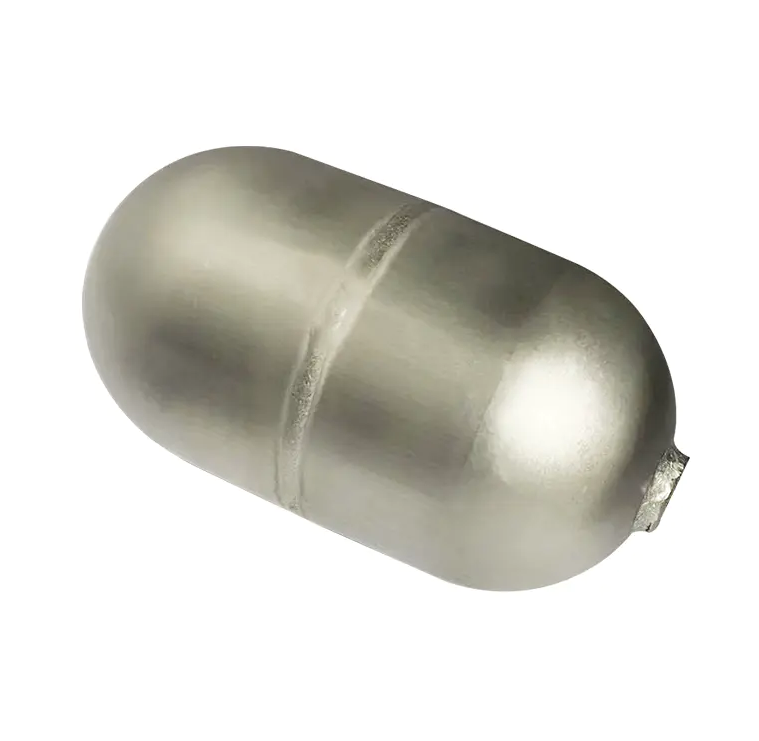Factors Affecting Stainless Steel Float Ball Performance Across Different Valve Types

Introduction to Float Ball Compatibility
A Stainless Steel Float Ball is a critical component in liquid level control systems, valves, and monitoring devices. Its ability to function reliably depends not only on buoyancy and durability but also on compatibility with different types of valves and liquid level controllers. Ensuring proper integration is essential for accurate liquid level management, preventing leaks, and maintaining system efficiency across a variety of industrial and commercial applications.
Mechanical Compatibility with Valves
The physical connection between a float ball and a valve determines whether it can operate effectively. Stainless steel float balls are typically designed with standard threading, mounting holes, or attachment mechanisms that allow them to be integrated with ball valves, globe valves, or diaphragm valves. The size and weight of the float ball must be compatible with the mechanical requirements of the valve to ensure smooth actuation and prevent premature wear. A properly matched float ball can reliably open or close valves without sticking or misalignment.
Integration with Liquid Level Controllers
Liquid level controllers, whether mechanical, electronic, or hybrid, rely on the float ball to transmit accurate position data. Stainless steel float balls can be integrated with magnetic switches, reed sensors, or float actuators commonly used in level controllers. The density, shape, and buoyancy of the float ball must be compatible with the sensor’s sensitivity to ensure precise measurement and avoid false alarms. A well-matched combination enhances system responsiveness and ensures that the controller provides accurate readings under varying liquid conditions.
Material Advantages for Multi-System Use
Stainless steel provides excellent corrosion resistance, strength, and thermal stability, making it suitable for integration with a wide range of valve materials and controller types. Its resistance to rust and chemical reactions ensures long-term compatibility in harsh environments, including water, oil, and chemical storage tanks. The durability of stainless steel float balls allows them to maintain consistent performance without deforming, even when exposed to repeated mechanical actuation or extreme temperature fluctuations.
Design Considerations for Universal Compatibility
Design features such as diameter, wall thickness, and mounting configuration play a key role in ensuring compatibility with multiple systems. A float ball that is too large may not fit certain valve housings, while one that is too small may fail to actuate the valve properly. Adjustable or customizable float ball designs can expand compatibility with various industrial setups. By considering these design factors, manufacturers can produce float balls that meet the needs of diverse systems without compromising performance or safety.
Ensuring Versatile and Reliable Operation
In conclusion, a Stainless Steel Float Ball can be compatible with a variety of valves and liquid level controllers if its design, size, and material properties align with system requirements. Proper integration ensures accurate liquid level control, reliable valve operation, and long-term durability across multiple applications. Selecting a well-engineered stainless steel float ball enables flexibility in system design, reduces maintenance issues, and guarantees consistent performance in industrial, commercial, and residential fluid control environments.
- Art
- Causes
- Crafts
- Dance
- Drinks
- Film
- Fitness
- Food
- Spellen
- Gardening
- Health
- Home
- Literature
- Music
- Networking
- Other
- Party
- Religion
- Shopping
- Sports
- Theater
- Wellness


